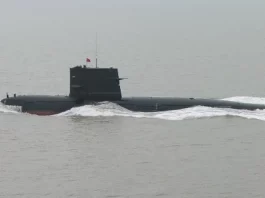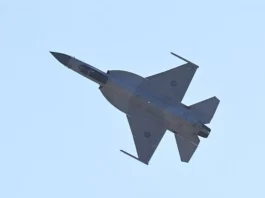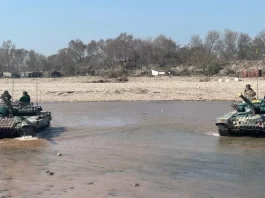Since the start of the war in Ukraine, Russia has engaged in a form of strategic intimidation by regularly reminding the world of its status as a nuclear-armed power. The Kremlin has demonstrated this not only through veiled threats but also by suspending its participation in the New Start disarmament treaty and withdrawing from the Comprehensive Nuclear-Test-Ban Treaty (CTBT).
Moreover, in June, Russian President Vladimir Putin stated that he was considering amending Russia’s nuclear doctrine, the latest version of which was published in 2020. Last week, Rear Admiral Andrei Sinitsyn, director of the nuclear test site at Novaya Zemlya, said that a resumption of “large-scale” tests could happen quickly if ordered.
Beyond these statements, nuclear exercises and nuclear-capable intercontinental ballistic missile (ICBM) tests also contribute to this “strategic intimidation.” Was there a test scheduled between September 19 and 23? This is what the recent Notices to Airmen (NOTAMs) suggested, as they imposed flight bans in regions likely affected by such a test. These NOTAMs were apparently similar to those issued in November 2023 and April 2024, before planned tests of the RS-28 Sarmat missile (also known as Satan II), which ultimately did not take place.
What happened this time? According to satellite imagery, the Plesetsk Cosmodrome sustained significant damage between September 20 and 21. A crater at least 60 meters wide is visible near the “Yubileynaya” launch silo, previously used to launch the RS-28 Sarmat (SS-X-30). Nearby facilities also suffered significant damage, suggesting that the missile exploded shortly after launch or during ignition.
An incident may have occurred during the fuel tanking process, as the RS-28 Sarmat uses a highly volatile fuel based on unsymmetrical dimethylhydrazine (UDMH), making it dangerous.
The incident was reported by the newspaper “Moskovski Komsomolets” in passing. The newspaper “Moskovski Komsomolets” quoted a military expert who advocated for “more frequent” tests of the Sarmat, citing the 26 successful launches of the R-36M2 missile, which the Sarmat aims to replace.
Similar incidents have occurred at Plesetsk Cosmodrome before. On March 18, 1980, an explosion occurred while preparing to launch a Vostok-2M rocket, killing or seriously injuring scores of personnel.
To recap, the RS-28 Sarmat is a 200-ton missile capable of carrying up to 15 multiple independently targetable reentry vehicle (MIRV) nuclear warheads. It may be part of a fractional orbital bombardment system (OGCh for Orbital’noi Golovnoi Chasti), designed to fly a nuclear weapon in low orbit to evade radar detection, particularly from North America.
The last successful test of an RS-28 Sarmat occurred in April 2022. Since then, Russian authorities have stated that the missile has officially entered service.






